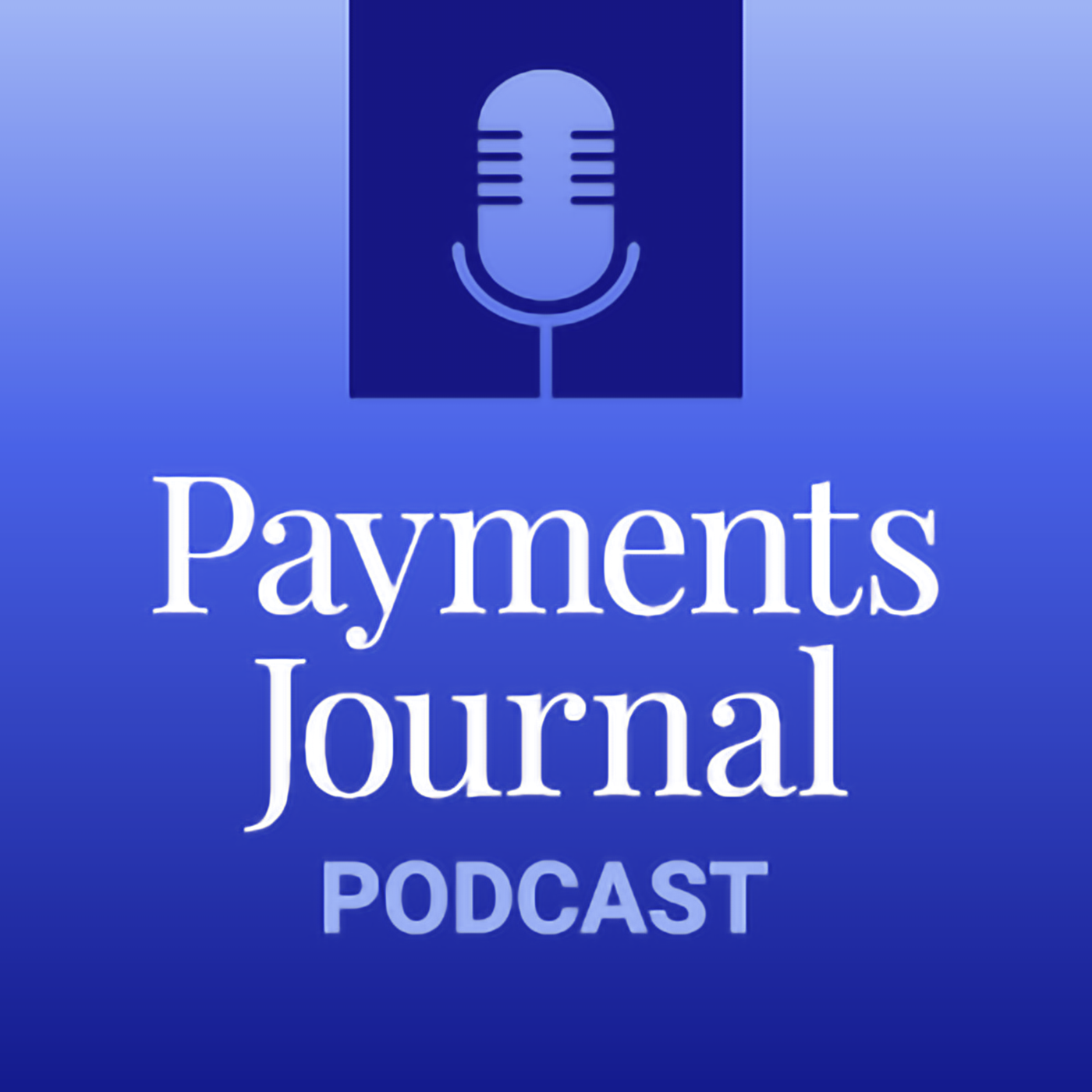New Tools for Limiting a Bank’s Exposure to Fraud
Description
Banks allocate significant resources to fighting fraud, both in prevention and in maintaining reserves for potential losses. No matter how good the performance is, fraud losses remain a burden on their balance sheets.
Instnt, under the leadership of CEO and founder Sunil Madhu, has been at the forefront of developing innovative ways to combat bank fraud. Madhu recently sat down with Tracy Kitten, Director of Fraud and Security at Javelin Strategy & Research, in a recent PaymentsJournal podcast to talk about the kind of fraud he’s seeing now, and what banks can do to stop it.
A Fraud for Each Silo
Banks have traditionally had to address various types of fraud in different areas of their operations. For example, first-party and stolen ID fraud are common in lending, while checking and savings accounts are vulnerable to fake ID fraud. Credit cards face challenges with e-commerce fraud, and the bank itself may encounter ACH and chargeback reversal fraud.
To fight this, each line of business puts together its own toolbox pattern. To stop the fraud risk while keeping compliant, each line of business assembles half a dozen vendor tools and data providers from the industry, which they then implement in an orchestration waterfall.
Regardless of how good each of those tools are, the overall toolbox performance is generally very poor. Banks constantly have to retool that toolbox to keep abreast of the different types of fraud. This is how the businesses have been operating for a very long time—in their own operational silos.
Too many financial institutions have come to see fraud as just part of doing business.
“But it's not just about the fraud loss,” Kitten said. “It's also about are you funding a terrorist organization? Is there something else behind some of these transactions that you as a financial services entity should be doing the due diligence on? It's not going to be long, whether it's in the decision or the Court of public decision or something legislative that comes down before financial institutions are going to be held accountable.”
Challenges from Changing Technology
Fraudsters are increasingly leveraging automation to expand their reach and impact. For instance, a scammer might use a collection of stolen or fake IDs to target numerous businesses, hoping to breach the security of at least one or two. The financial industry is particularly susceptible to synthetic ID fraud, where fraudsters use fake IDs to open up new accounts and evade detection. In cases of third-party fraud, perpetrators can easily purchase identities of legitimate taxpayers online for minimal cost, bypassing a financial institution’s verification processes.
Within the lending industry, first-party fraud or credit defaults are significant concerns. Compliance regulations like Basel III require financial institutions maintain capital reserves to offset losses from first-party fraud. The requirement ties up capital that could otherwise be deployed for productive purposes within the institution. “This is very expensive and inefficient use of resources of the institution, and we're not talking, but small change here,” said Madhu. “We're talking about hundreds of million or even billions of dollars in terms of first-party f...
More Episodes
"The holiday season is here, bringing with it a host of celebrations. From office parties to family gatherings, shoppers are navigating an evolving landscape of gift-giving traditions. In our latest podcast episode, we dive into how consumer trends, new technologies, and the timeless appeal of...
Published 11/19/24
Artificial intelligence is fueling a major transformation in the financial fraud landscape. AI has democratized criminal sophistication and fraud at a very low cost of conducting business, generating more malignant actors that financial institutions have to fight against.
What can these...
Published 11/13/24
Published 11/13/24


